Military Knowledge: Bavar-373 Long-Range Air Defense System

The Bavar-373 is the longest-range air defense missile system of the Iranian Armed Forces and is considered a strategic and very important achievement in the field of Iranian air defense systems. In its latest test, Bavar-373 detected a target at a range of more than 450 km by the optimized radar and tracked it at a range of about 405 km and hit and destroyed the target at a range of more than 300 km with the new Sayyad-4B missile.
Bavar-373 is an Iranian long-range air defense system build to engage with hostile air targets at a range of more than 300 kilometers. The Bavar-373 missile system can be prepared for launch easily. It features anti-stealth capability that allows it to detect hidden targets with a very low radar cross-section. This system was unveiled for the first time in 2016 And later in 2019, it was added to the Air Defense Force of the Iranian Army. The Ministry of Defense of Iran has unveiled an upgraded missile of the Bavar-373 defense system dubbed Sayyad-4B. With this update, the range of Bavar-373 air defense system increased to more than 300 km.
The Bavar-373 missile system is more advanced than its Russian counterpart S-300 long-range surface-to-air missile system. Several studies and tests conducted by the Iranian military showed that the system is superior to the US Patriot PAC-3 air defence system.
After the American invasion of Iraq, Iran analyzed the US’s operational measures and then according to the needs and deficiencies it had in the field of defense systems, made extensive purchases in the field of air defense systems. The purchase of several types of radar and detection systems, electronic warfare system and short-range defense systems such as TOR-M1 and BUK-M2 and the purchase of the long-range S-300 PMU1 system were among Iran’s measures to fill the gaps in its air defense systems.
It should be noted that before 2016, some of these purchases entered Iran, and some others were not delivered to Iran by Russia under the pretext of Western and American sanctions against Iran. For this reason, Iran began to reform the air defense structure and seriously started the domestic production of air defense systems.
The process of production and localization of air defense systems first started with the update of S-200, And Iran started to modify and localize the missile of this system. The efforts of Iran’s military industry in this field resulted in the production of Taer missiles. Following the localization of missiles of air defense systems, missiles of the Sayyad family such as Sayyad 1, 2 and 3 and a wide range of indigenous air defense systems such as Sevom Khordad, Tabas and Talash reached the operational level.
In radar, with the purchase of Gamma radar, Iran started the production and localization of phased array radars. According to the commander of Iranian Army’s Air Defense Force, this was the result of the studies between the Air Defense Force, the Ministry of Defense and some universities, which despite all the ups and downs it had reached the stage of test firing in 2018 and finally in 2019, it was handed over to the Air Defense Force of the Iranian Army.
To name this system, “belief in internal power” was shown in the word “belief” (Bavar) and “373” is the Abjad letter of “Ya Rasulullah”.
Introduction of units of Bavar-373 system:
Bavar-373 is an impenetrable, anti-hacking surface-to-air missile defence system comprising a vertical launching system, two acquisition and engagement radars, Sayyad-4 missiles, and a command-and-control center. The design minimises the need for additional support equipment and systems. The vertical launching system features square launchers that are identical to the launchers utilised by naval warships for air defence.
Each Bavar-373 battalion has a command, control and communication unit, which, as the brain of Bavar-373, is responsible for managing and establishing communication between the system’s components, in addition to communicating with the country’s integrated defense network. One battery of this system has four Sayyad-4 transporter erector launchers (TELs) ready-to-launch missiles and has the ability to destroy targets at a range of 300 km. Also, instead of a Sayyad-4 TELs, the other TELs of Sayyad missile family can also be used.

Meraj-4 radar is the longest range radar of this system. This radar works similar to the large 64N6E2 radar in the S-300 system, but has superior features. For a better comparison, we will first describe the specifications of the 64N6E2 radar, and then we will discuss the Meraj-4 radar:
64N6E2 is a 3D S-band air surveillance radar that has a maximum range of 300 km and the ability to detect 200 targets. The interceptor radar is also capable of intercepting 12 targets at the same time and assigns these targets to the engagement radar for targeting. The S-300 system is capable of engaging targets at a distance of 200 km.
Meraj-4 radar is a long-range 3D active electronically scanned array (AESA) radar made of 40 rows of waveguides. The research, development and production of this radar has been done in Shiraz Electronics Industries (SEI). Meraj-4 can track up to 300 targets simultaneously. The maximum range of this radar is 450 km, the maximum detection height is 130 km and the maximum range for ballistic targets is 1200 km.



The engagement radar of this system also belongs to Shiraz Electronics Industries. This radar is an active electronically scanned array (AESA) type with a low probability of interception (LPI). The maximum detection range of this system is 320 km and the detection height is 65 km. It has the ability to detect up to 300 targets simultaneously and has the ability to intercept up to 60 targets and engage with 6 targets and simultaneously guide two missiles towards one target.

The Hafez multipurpose and phased array radar is also available as a search and tracking radar for low-altitude scanning, which has track while scan (TWS) capabilities. Its maximum range is 300 km and has the ability to detect up to 100 targets.

Another radar of Bavar-373 system is the Alim radar, which is a passive radar. Passive radars are used to resist electronic warfare and increase the detection range of stealthy targets. These types of systems passively track 3D waves of aircraft systems, such as Link 16, identification friend or foe waves (IFF) and waves from aircraft navigation systems (GPS). In case of interference in the interception on the radars, existing passive systems have the ability to accurately track or help to track the hostile aircraft or identify the source of the interference, which, by finding the source, provides the possibility to attack and eliminate the interference.

The Saegheh electronic warfare system is an enhancement system for Bavar-373 that operates in the X and Ku bands and is used to detect specific targets such as AWACS radars, classify the waves emitted by airborne radar and disrupt fire control radars and ground tracking radars that is used in cruise missiles and all types of aircraft. This Saegheh system effectively increases the possibility of dealing with enemy AWACS radars.

The tactical vehicles used in Bavar system are of two types Zafar and Zoljanah. However, it seems that Zoljanah was excluded from the Bavar-373 system over time.
Zafar-8824 heavy tactical vehicle is 8×8 carrier truck, And it has 4 moving axes and its maximum load carrying capacity is 24 tons. The chassis of this truck is similar to MAZ-537 truck. The Zafar truck has been used as the carrier of the radars and command and control equipment of Bavar-373 system. Also, in the new tests of Bavar-373 system, it has been used as a carrier of two box launchers.

Zoljannah heavy tactical vehicle is a 10×10 carrier truck. Like the Zafar truck, this truck uses the MAZ-537 chassis. Its maximum load capacity has not been announced, but due to the change in the chassis and the addition of an axle, it should be able to carry more weight than Zafar. The important point is the controllability of the last axis of Zoljanah, which provides the possibility of better maneuvering in difficult conditions. Zoljanah is used to carry Sayyad-4 launcher. Zoljanah will be more expensive than Zafar due to its complexities.

Sayyad-4 launcher is another component of Bavar-373 system. This launcher, unlike the Russian models that have round tubes, is designed similar to the Patriot system launchers. Each Zoljanah vehicle can carry four Sayyad-4 launchers.

Bavar-373 can use several types of missiles. This capability allows Bavar-373 to cover the range and altitude of different targets like the S-400 system. Nevertheless, so far only the Sayyad-4 missile has been officially introduced for use in the Bavar-373 system, but the use of Sayyad family missiles such as Sayyad 2 and 3 is also very likely.
The Sayyad-4 missile can engage targets at a range of 200 km and up to an altitude of 27 km, similar to the 48N6E2 missile of the S-300 system. Sayyad-4 missile uses stabilizer fins and thrust vector control system, which has significantly increased the maneuverability of the missile. These features have made the Sayyad-4 missile similar to the S-400 48N6DM missile, which has anti-ballistic properties.
The main difference between the Sayyad-4 missile and the 48N6DM missile is the fins of the thrust vector control system. In Sayyad-4, these fins protrude from the body, and this causes more changes in the exhaust gases of the missile, and as a result, creates a sharper angle for the missile to turn. So, the high turning power shows that the missile has a high G-pressure tolerance. When the missile gains altitude and enters the thin atmosphere, the control fins at the end of the missile lose their effectiveness, and this is another reason for using the thrust vector control system.


The Sayad-4 missile has the ability to engage targets at a speed of 4800 m/s. Meanwhile, the 48N6E2 missile has the ability to engage targets at a speed of up to 2800 m/s. It is interesting to know that the Antey-2500 anti-ballistic system missile can engage targets with a speed of 4500 m/s.
As the numbers show us, the Sayyad-4 missile is superior to the S-300’s missiles and Antey-2500 in terms of anti-ballistics and is near to the S-400’s 48N6DM missile. It also has the ability to engage targets such as fighter jets and cruise missiles. Another type of Sayyad-4 missile called Sayyad-4B has been introduced lately, which has a range of up to 250 km. In the latest tests, the Sayyad-4B missile has managed to hit targets at a distance of 304 kilometers.
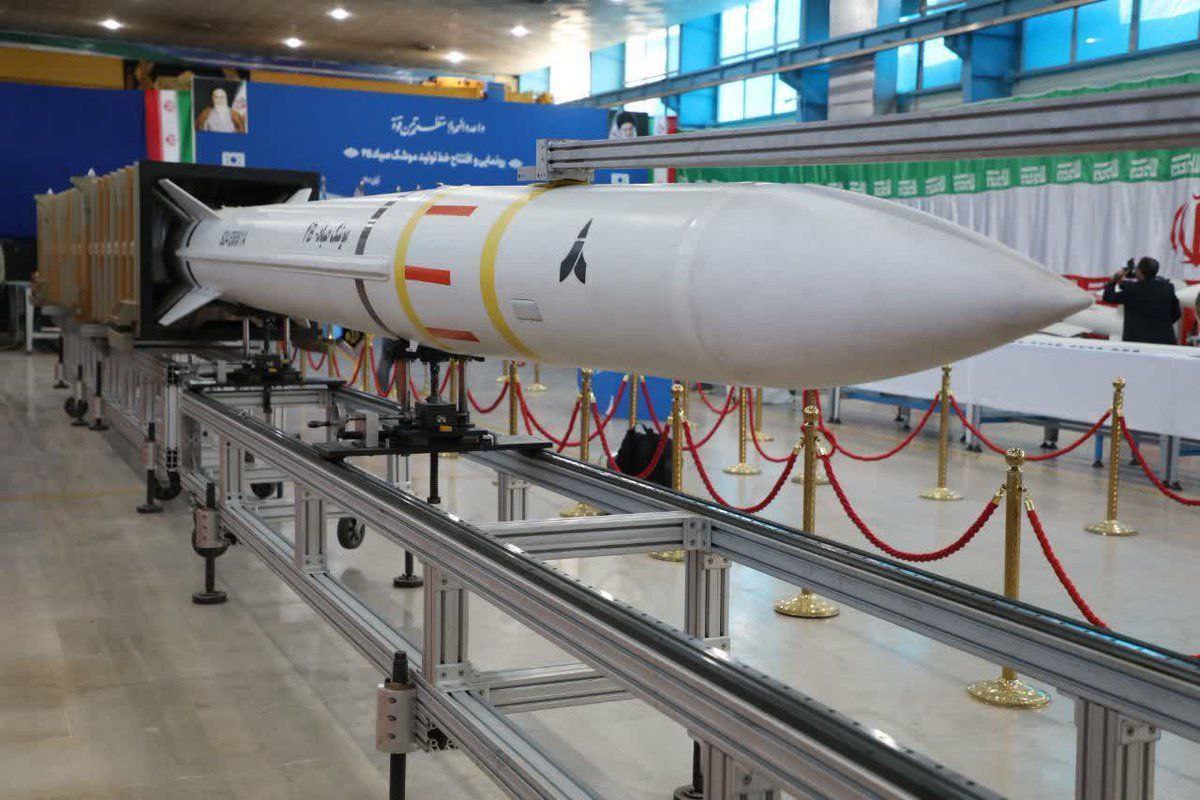
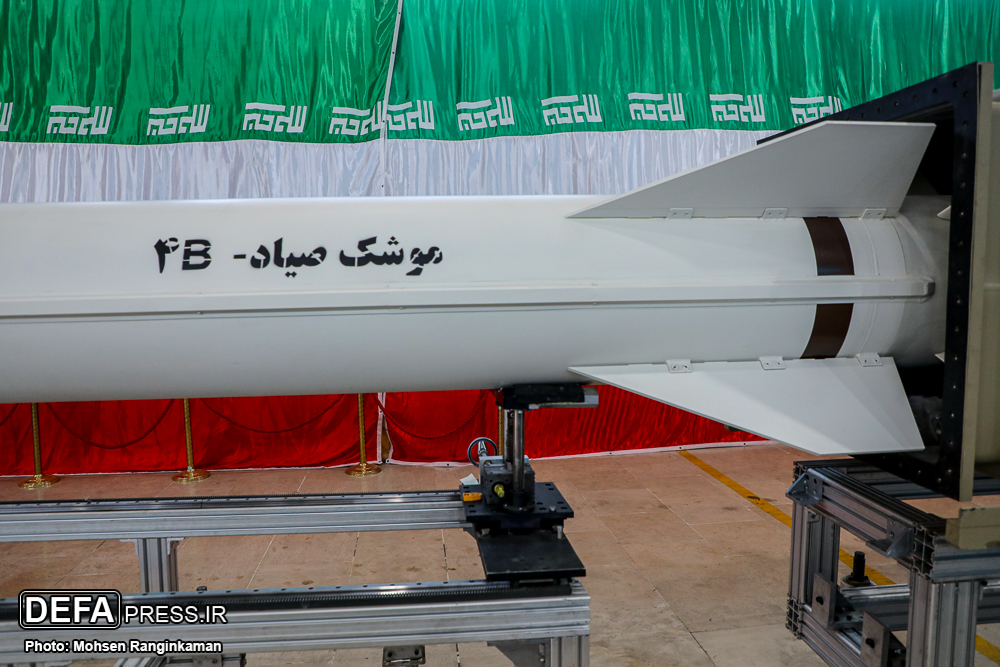

Considering that the Bavar system is modeled after the S-300, the guidance method of the Sayyad-4 missile should also be similar to the S-300 system. The desired guidance method is Track-via-missile. In this guidance method, the missile combines the characteristics of semi-active radar homing (SARH) and radio command guidance. This method has been used on a number of long-range surface-to-air missiles (SAMs), including the MIM-104 Patriot.
In an interview with the commander of the Iranian Army Air Defense Force in 2022, it was said about the “300 km test”:
“Bavar 373 system in this test detected the target at a distance of 450 km. When this target is detected, the initial lock is performed at a distance of 400 km and a stable lock is performed at a distance of 360 km. It takes a minute to hit it. In this test, we chose a UAV with a small cross-sectional area, and by this we wanted to say that this system is able to identify and destroy the smallest target with a very small cross-sectional area, which it succeeded in destroying at a range of 304 km. The target drone, which was produced by a joint effort by the Ministry of Defense and Air Defense of the Army, reached a height of 43,000 feet (13,716 km) in this test, and was hit by the Bavar-373 system. If other countries want to produce a system with this capability, sometimes they need up to 20 years, but we were able to improve this system over time until we achieved a range of more than 300 kilometers; Immediately after this shot, we also conducted the ballistic test, of course, if we had not been obsessive in this test, we could have destroyed the target at a range of 320 km.”
The cases mentioned by the then commander of Iranian Army Air Defense Forces show that the upgrade in Bavar-373 was not limited to the Sayyad-4 missile, but all the subsystems were also upgraded to perform complex operations and hunting ballistic missiles, and the speed of the Sayyad-4B missile was also increased.
Bavar-373 Long Range Air Defense System specifications:
Range: + 300 km
Number of missiles: 4 missiles
Missile variants: Sayyad-4 and Sayyad-4B
Radars:
– Meraj-4 active phased array radar with a range of 450 km
– SEI active electronically scanned array radar
– Hafez multipurpose phased array radar
– Alim passive radar
Carrier chassis: Zafar or Zoljanah tactical vehicle
In service: Since August 22, 2019
Target types: Warplane, helicopter, drone, cruise missile, ballistic missile
Origin: Iran
Sayyad-4 missile specifications:
Range: + 200 km
Speed: Unknown
Altitude of fire: 27 km
Diameter: 515 mm
Length: 7.5 meters
Warhead weight: 180 kg
Sayyad-4B missile specifications:
Range: + 300 km
Speed: Mach 6.1
Altitude of fire: 32 km
Diameter: 515 mm
Length: ~ 8 meters
Warhead weight: Unknown

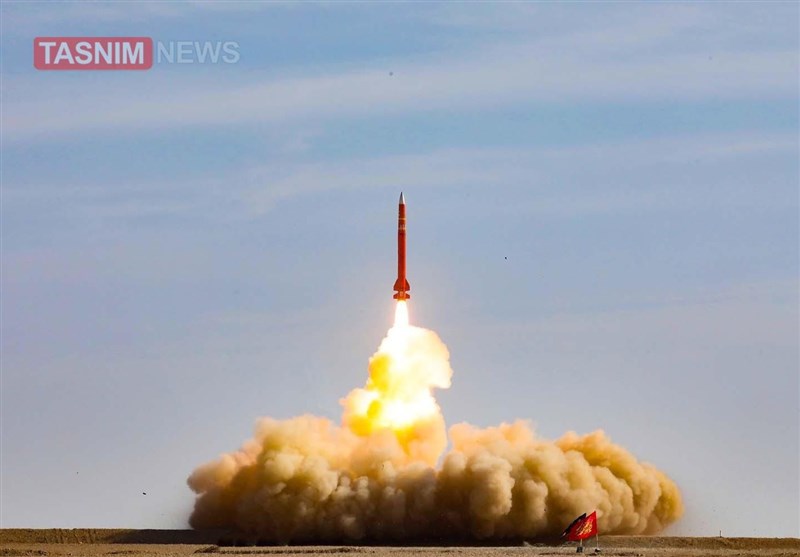


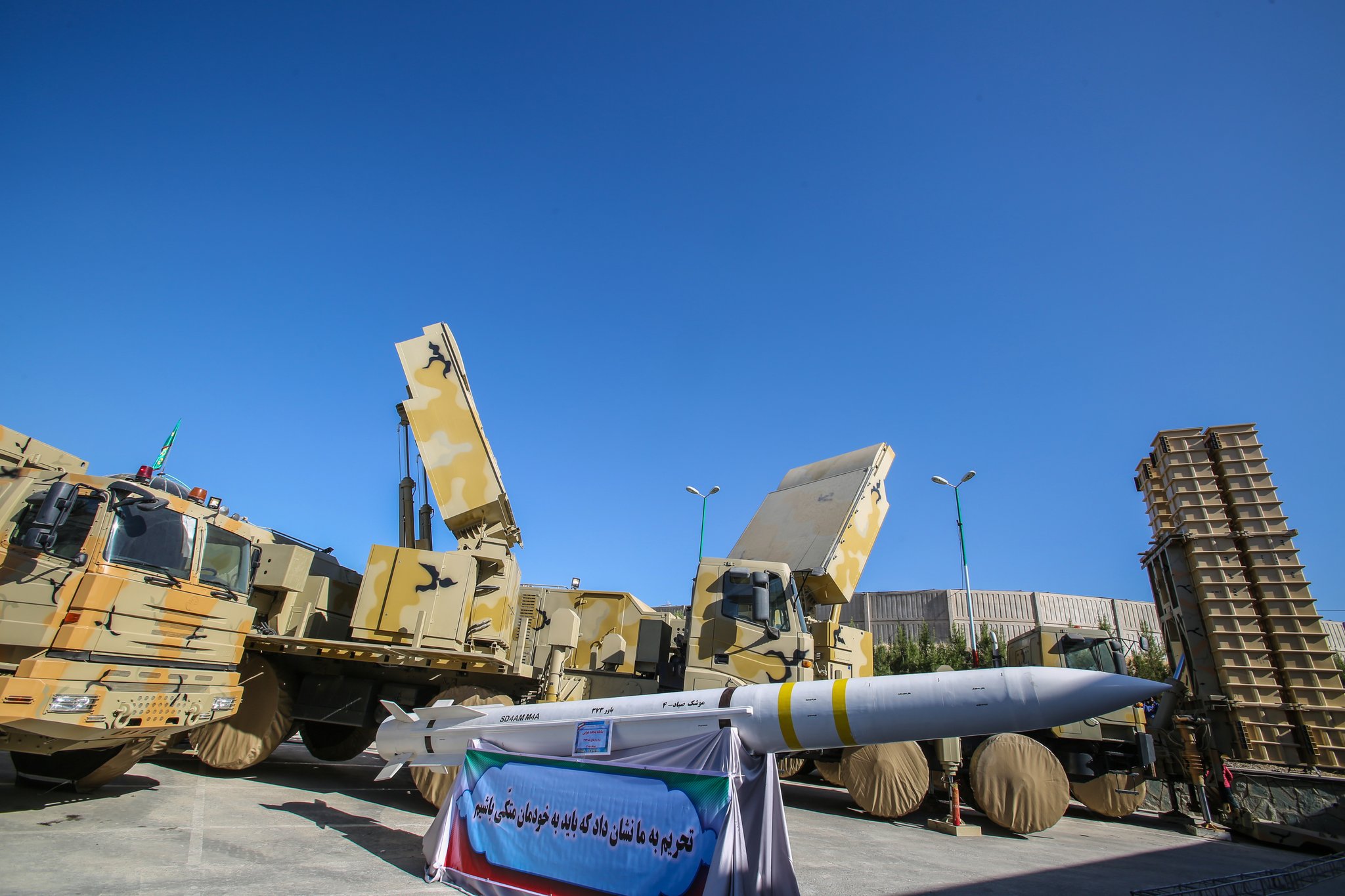
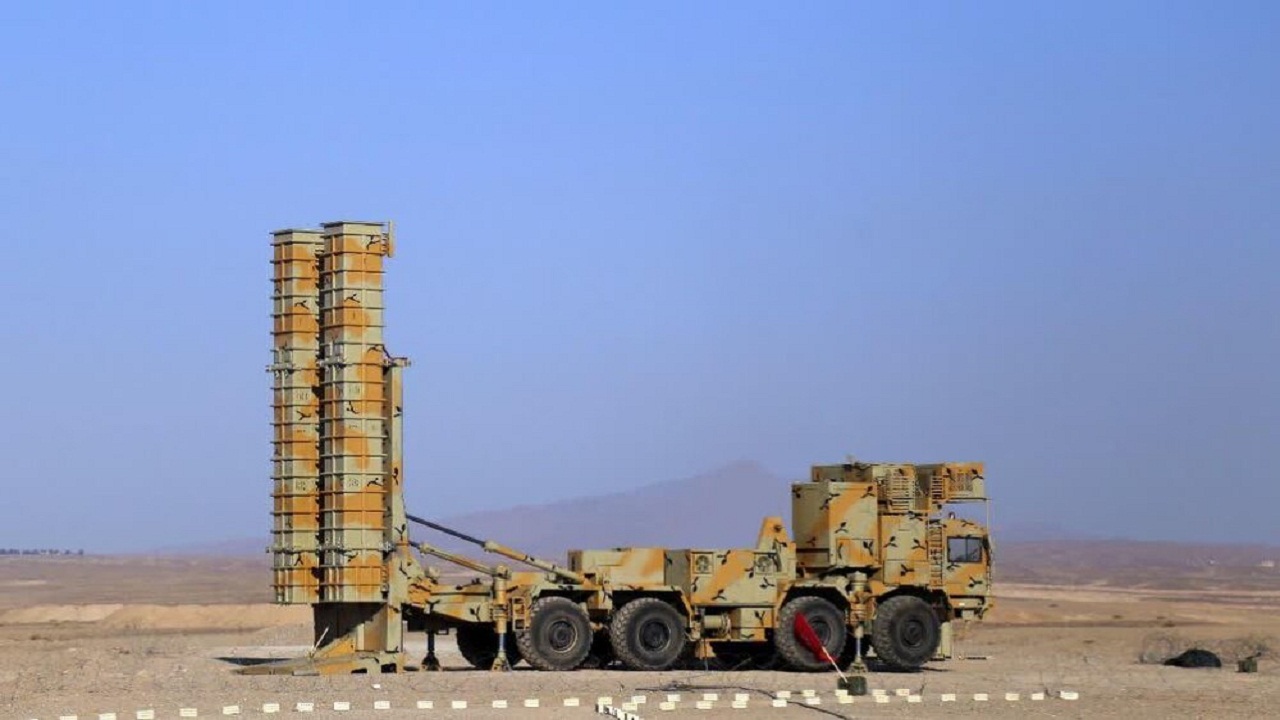
The poster collection of Bavar-373 long-range air defense system in Farsi, Russian, Arabic, Azeri and Kurdish:






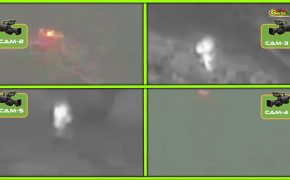

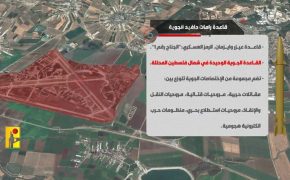
Comment